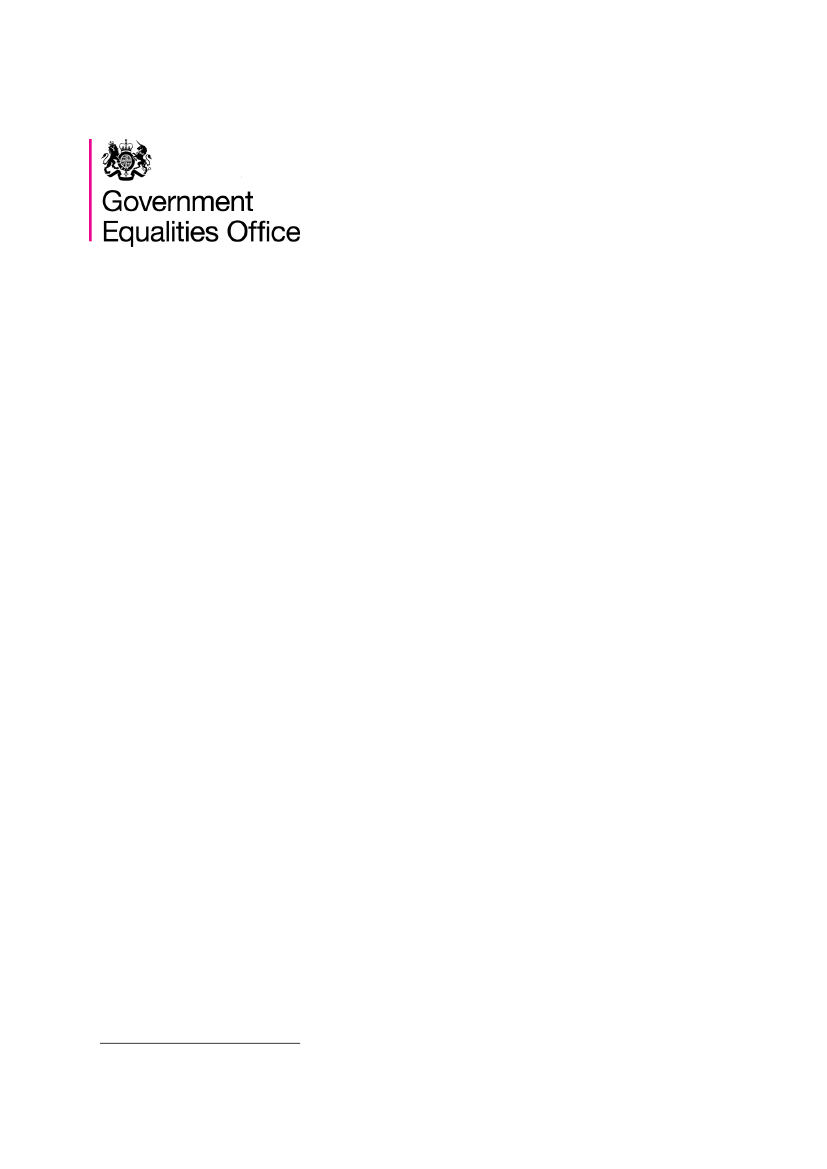
Charles M Ramsden
Deputy Director
Government Equalities Office
Department for Education
Sanctuary Buildings
20 Great Smith Street
London SW1P 3BT
www.gov.uk/geo
Ministry of Employment
Ved Stranden 8
1061 København K
9 January 2017
Members of the Danish Parliament have asked three questions concerning the
United Kingdom’s policy on harassment and employer liability for third party actions
in the workplace.
As head of discrimination law in the Government Equalities Office – the Department
responsible for equalities policy in Great Britain (Northern Ireland is responsible for
its own legislation) - I offer the following responses to the questions posed:
1) What are the experiences and conclusions from the British provision on
the employer’s indirect liability in sexual harassment cases?
At the time of the repeal of the “third party harassment” provision in the Equality Act
2010 (section 40(2) to (4)), in October 2013
1
, only one such case had been brought
to the then Government’s attention. Keen to reduce burdens on employers and
believing that the Equality Act’s wider harassment prohibitions offered sufficient
protection to employees where someone other than the employer was the harasser,
the decision to repeal the express prohibition was made by Parliament.
More generally, in terms of existing rules on indirect liability of employers relating to
sexual harassment, section 26 of the Equality Act (link:
http://www.legislation.gov.uk/ukpga/2010/15/section/26) sets out a broad definition
that the UK Government believes would cover circumstances where the alleged
harassment was not done by the employer but by someone else. Under section 40,
this definition is used to prohibit harassment of employees at work. Courts and
tribunals have to balance competing rights on the facts of a particular case where an
action is brought by an employee. Despite the repeal of the third-party harassment
provisions, an employee might argue that their employer's inaction in the face of
third-party harassment itself amounted to an unlawful act, using the broad definition
in section 26.
1
See section 65 of the Enterprise and Regulatory Reform Act 2013.